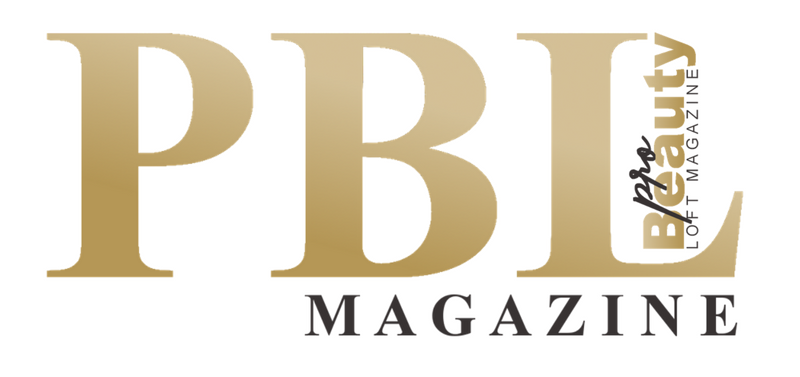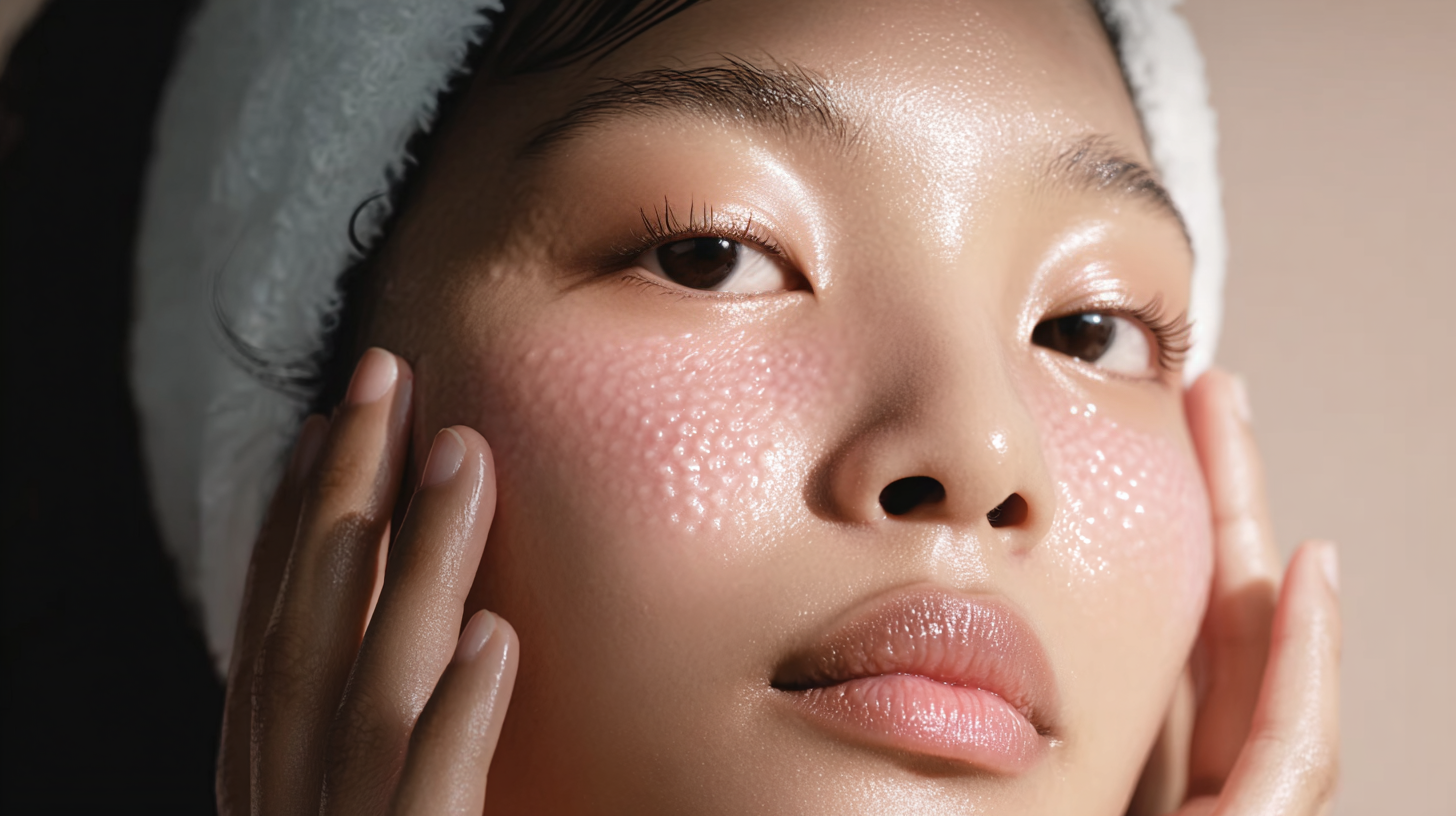How UK Spas Can Validate Heat-Therapy Outcomes with Simple Metrics Clients Understand
Heat is having a moment in British wellness. Infrared cabins, classic Finnish saunas and hot plunge pools are moving from “nice to have” to “anchor treatment,” backed by an evidence base that is no longer just folklore from Nordic countries. For operators in the UK, the challenge is not whether heat works but how to show it works for your guests in ways that are safe, comprehensible and compliant with advertising rules.
Why measure at all
A growing body of research links sauna and other passive heat therapies to improvements in cardiovascular markers such as blood pressure, autonomic balance and, over long periods, reduced cardiovascular and all-cause mortality. Acute sessions tend to lower systolic blood pressure and modulate heart rate and cardiac output in predictable ways. Over weeks, repeated passive heating and hot-water immersion have shown clinically meaningful reductions in blood pressure, including in people with hypertension, and can improve sleep quality in some populations. None of this turns a spa into a clinic, but it does justify building a basic outcomes routine so guests can see change and staff can coach safely.
A three-layer outcomes model any spa can use
Layer 1: pre- and post-session vital basics
• Resting blood pressure and heart rate. Measure seated after 5 minutes of quiet on arrival and again 10 to 15 minutes after the thermal circuit. Expect a transient rise in heart rate during heat, with systolic blood pressure often falling during and shortly after, provided guests cool down sensibly. Track as paired readings in the guest’s file. Use an automated upper-arm home BP monitor that has been validated by the manufacturer, and calibrate or replace per its instructions.
• One-minute heart rate recovery. After the final heat exposure and a cool rinse, ask the guest to stand, note heart rate, then note again exactly 60 seconds later. A larger drop generally reflects better autonomic recovery and is easy to explain. Over 4 to 6 visits, guests should see steadier recovery if they tolerate heat well.
• Hydration check by body mass change. Weigh before and after, with light robe, same scale, privacy respected. A loss above about 1 percent suggests meaningful fluid loss. Use this to coach drinking behaviour, not to make claims.
Layer 2: simple validated self-reports
• Perceived stress and mood. Use a two-item stress or mood check at intake and checkout. A four-item Perceived Stress Scale or a 0–10 calmness rating works in under 30 seconds and does not medicalise the encounter. Over time, chart average change per visit type to inform scheduling and upsells such as breathwork add-ons.
• Sleep quality next morning. Send a two-question follow-up asking “How did you sleep compared with your usual” and “Time to fall asleep.” Heat before evening has supportive evidence for sleep improvements in some groups, but avoid claims of treating insomnia.
• Session RPE. Ask for a 0–10 rating of perceived exertion of the whole circuit. It helps you titrate temperature and duration for anxious or first-time users and can be trended alongside heart rate recovery.
Layer 3: micro-function and wellbeing markers over weeks
• Resting morning heart rate trend. Encourage guests to record a morning pulse at home for 7 days before and during a heat cycle block. Small reductions over time can reflect cardiovascular adaptation.
• Blood pressure trend for hypertensive guests with clinician approval. Where a guest already self-monitors BP at home, invite them to share averages weekly while they follow a conservative heat plan. Evidence from recent trials suggests both hot and even thermoneutral water immersion can reduce 24-hour blood pressure, while post-exercise hot water immersion can lower diastolic and mean arterial pressure, but this is adjunctive lifestyle support, not treatment.
Designing a “Sauna Outcome Card” your guests will love
Make it one page, front and back. On the front: three boxes for BP and pulse before and after, a hydration reminder, and a one-minute heart rate recovery line with a simple “bigger drop is better” explainer. On the back: a 0–10 calmness scale, RPE, and a QR for the next-morning sleep check. Use plain language, large font and a short safety notice. Offer a digital version in your app or booking follow-up.
Safe protocol parameters that pair well with measurement
• For classic dry sauna, start first-timers with 8 to 12 minutes at a moderate cabin temperature, followed by cool water rinse and seated recovery. Repeat once if comfortable.
• Build toward 2 to 3 short exposures rather than a single long one. Teach nasal breathing, slow transitions and sitting at mid-bench height.
• Caution with cold immersion immediately post-sauna for older guests or those with cardiovascular risk because of acute systolic spikes during cold. If you offer contrast, use milder cool exposures and keep staff visible.
• Hydration plan: 300 to 500 ml of water or electrolyte solution across the visit depending on body mass change and guest preference. Record advice given.
What you can and cannot claim in the UK
Keep copy educational and avoid implying disease prevention, cure or treatment. UK advertising rules require that health claims be substantiated and, for food and supplements, restricted to authorised claims. If you publish outcomes, present them as guest-reported or session-linked observations, not as clinical treatment effects. Avoid wording like “treats hypertension” or “reverses heart disease.” If you use any device for measurement or monitoring, do not describe it as diagnostic unless it is an MHRA-regulated medical device and used under appropriate governance.
Adopt a short pre-visit questionnaire that flags pregnancy, uncontrolled hypertension, unstable angina, recent myocardial infarction, severe aortic stenosis, decompensated heart failure, active fever, syncope history and any clinician-advised restrictions. Train staff to defer and signpost to a GP if unsure. Document that you provided general wellness guidance only.
Population studies from Finland link frequent sauna use with lower risks of sudden cardiac death, coronary heart disease and all-cause mortality, but these are associations, not proof of causality. Short-term trials show reductions in blood pressure and changes in autonomic balance after individual or repeated sessions, and hot-water immersion research is adding detail on how to combine heat with or after exercise. Guests should be coached to expect relaxation, perceived stress reduction, better sleep for some, and modest cardiovascular conditioning signals over weeks, not miracles after one visit.
Staff checklist you can pin in the thermal suite
Screen, consent, baseline BP and pulse.
Explain the plan and hydration.
Run short exposures, observe, coach breathing.
Cool rinse, seated recovery, then one-minute heart rate recovery.
Re-check BP and pulse after 10 to 15 minutes.
Log readings, collect RPE and calmness score.
Send the two-question sleep follow-up.
Review trends at the next booking.
With this framework, your spa is not “going clinical.” You are simply coaching with clarity, showing guests the small, cumulative changes that make heat feel purposeful. Most importantly, you can do it with tools you already own, language that passes UK advertising muster and an experience that stays welcoming and safe.











